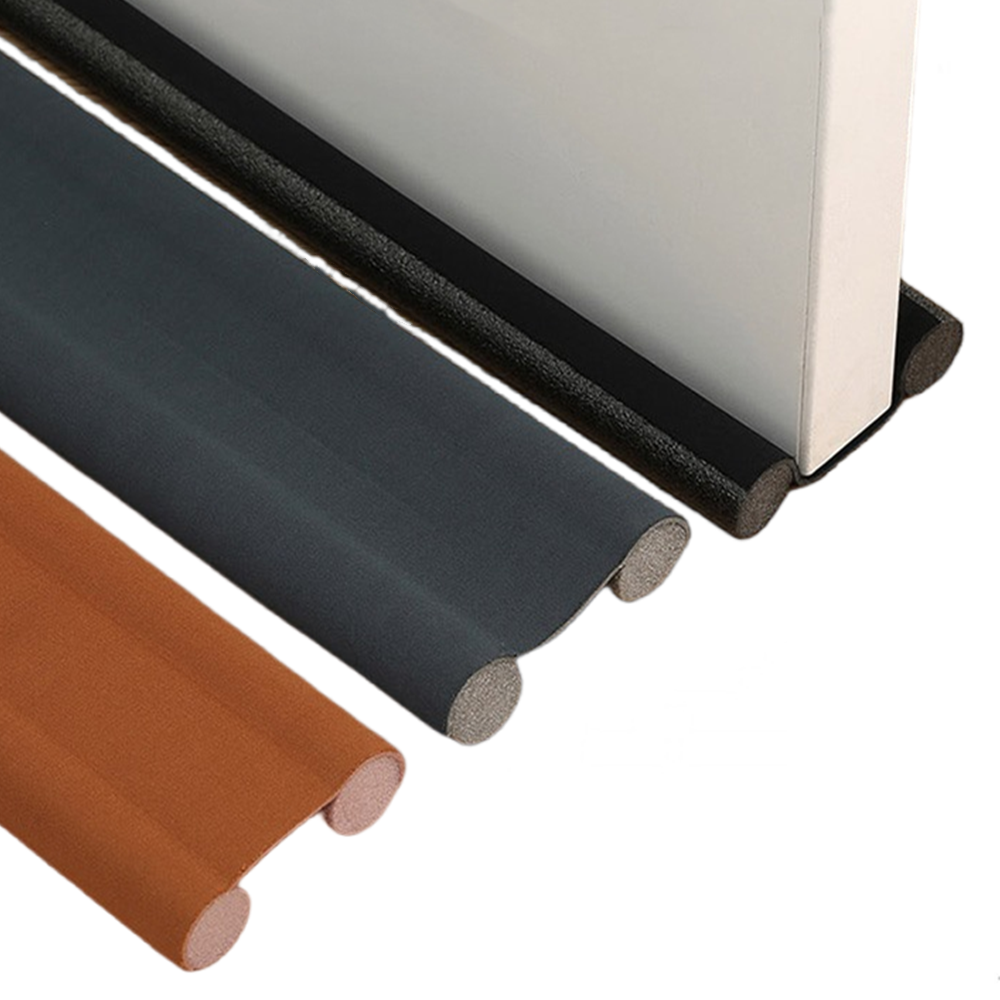marine weather stripping
Understanding Marine Weather Stripping A Key Component for Durability and Protection
Marine environments can be harsh, characterized by extreme weather conditions, saltwater corrosion, and constant exposure to moisture. As a result, effective protection against these elements is crucial for the longevity and performance of marine vessels. One often-overlooked aspect in safeguarding boats and ships is the implementation of marine weather stripping. This article will delve into the significance of marine weather stripping, its types, applications, and benefits, ultimately highlighting its role in enhancing the durability of marine vessels.
What Is Marine Weather Stripping?
Marine weather stripping refers to special sealing materials used to insulate and protect the gaps between the hull, door frames, and other openings of marine vessels. Its primary purpose is to prevent water intrusion, reduce airflow, and offer thermal insulation. This contributes not only to the comfort of passengers and crew but also to the structural integrity of the boat by protecting it from moisture-related damages.
Importance of Weather Stripping in Marine Applications
1. Water Resistance The most critical function of marine weather stripping is to create a watertight seal. Boats are frequently exposed to splashes, rain, and waves, making it essential to ensure that water does not enter the vessel. Weather stripping effectively seals joints and gaps, preventing leaks that could lead to hazardous situations and extensive damage.
2. Corrosion Protection Saltwater is notoriously corrosive, affecting metal components and weakening the structure of a vessel over time. By using weather stripping, you can shield sensitive areas from salt and moisture, thereby prolonging the life of components and reducing maintenance costs associated with corrosion.
3. Energy Efficiency Proper sealing reduces the amount of cold or warm air entering or escaping from the vessel. This energy efficiency not only improves comfort levels on board but also helps in reducing heating and cooling costs when the vessel is not in motion.
4. Noise Reduction Marine weather stripping can also serve as a barrier against noise. A well-sealed boat minimizes sound transmission from external environmental factors like wind, waves, and other vessels, contributing to a more pleasant experience aboard.
Types of Marine Weather Stripping
There are several types of marine weather stripping materials, each suited to different applications and environmental conditions
marine weather stripping

1. Rubber Stripping This is one of the most common types, known for its flexibility and durability. Rubber weather stripping is resistant to UV rays and can withstand extreme temperatures, making it ideal for marine settings.
2. Foam Stripping Foam weather stripping offers excellent insulation properties. It comes in various densities and thicknesses, providing options for different sealing needs. It is lightweight and can easily conform to irregular surfaces.
3. Vinyl Stripping Vinyl is another effective choice due to its resistance to water and UV exposure. Vinyl strips are often used in cabin doors and hatches, providing a balance between flexibility and strength.
4. Silicone Stripping Silicone weather stripping offers superior performance in extremely high or low temperatures. It is highly durable, resistant to degradation, and maintains its flexibility over time.
Applications of Marine Weather Stripping
Marine weather stripping finds applications in various parts of a vessel. Some common areas include
- Boat hatches and doors - Windows and portholes - Compartment access points - Engine room vents and openings
These applications ensure that critical components remain protected against water intrusion and environmental wear and tear.
Conclusion
In a marine environment, protecting your vessel from the elements is not just a matter of comfort but a necessity for safety and longevity. Marine weather stripping plays a vital role in achieving this goal, providing a reliable barrier against moisture, noise, and temperature fluctuations. By understanding the significance, types, and applications of marine weather stripping, boat owners can make informed decisions to maintain their vessels in optimal condition. Investing in high-quality weather stripping is a critical step toward ensuring that your marine craft withstands the test of time and performs efficiently in all conditions.
-
Under Door Draught Stopper: Essential ProtectionNewsJul.31,2025
-
Garage Door Seal and Weatherstrips for ProtectionNewsJul.31,2025
-
Edge Banding Tape for Perfect EdgesNewsJul.31,2025
-
Table Corner Guards and Wall Corner ProtectorsNewsJul.31,2025
-
Stair Nose Edging Trim and Tile Stair SolutionsNewsJul.31,2025
-
Truck Bed Rubber Mats for Pickup BedsNewsJul.31,2025
-
Window Weather Stripping for Noise ReductionNewsJul.29,2025